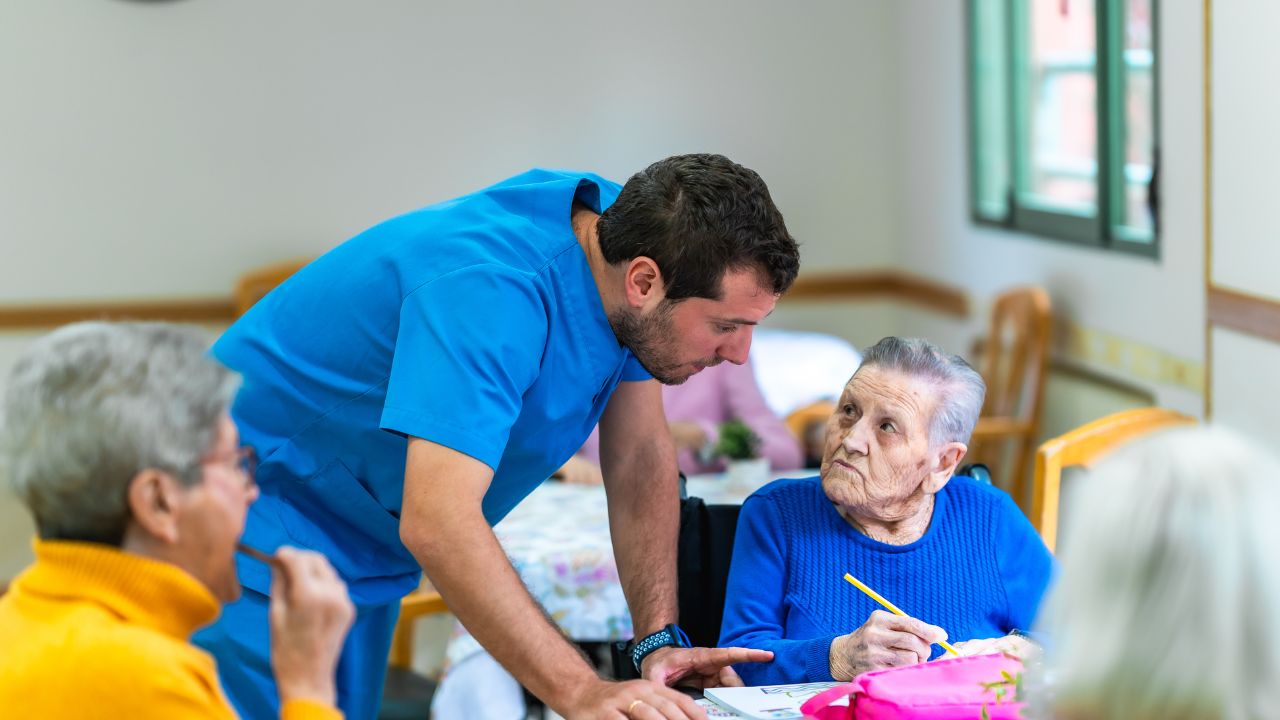For many of us, the month of November brings us awareness about our family relationships, and about the parts and persons big and small in our lives for which or whom we are grateful. Thanksgiving is the one day of the month that you can't ignore, even if you don't have a large group to eat with, or if you choose not to celebrate. Moreover, the month of November also serves as the National Home Care, Hospice, and Palliative Care Month.
Work in home health, hospice and palliative care occupies a large percentage of the medical industry. People are living longer, thanks to modern medicine, alternative therapies, clinical trials, and technology. Yet, living longer does not mean living without medical assistance.
Home health, hospice, and palliative care clinicians and assistants deserve our gratitude for the support of their compassionate work without which millions of Americans would not be able to safely stay in their own homes.
Facts and Stats About Home Health Care
Many adults find themselves desirous to remain in their own homes for as long as possible, both for financial and emotional reasons. The home care industry continues to experience growth, and as of this year, there are almost a half million (429,045) home health care provider businesses in the country which is a 3.7% increase from 2020, in the midst of a pandemic. Home health care services are provided to more than five million Americans every year. Are there any people in your life who are receiving home health care services?
The Home Healthcare Market Size Report, 2021-2028, shows an analysis of the market industry in the U.S. from 2018 with projections through to the year 2028, showing a steady increase over the time span. Furthermore, the report indicates the global market for this specific medical industry at USD 299.0 billion in 2020, with North America responsible for just under 43% of the whole.
The cost of long term care facilities can be difficult for families to afford, which is surely fueling part of the growth of home health care, however, it should be noted that the lockdown measures forcing isolation and halting family visitation, and COVID case clusters in the facility setting for vulnerable adults are likely to impact home health numbers in the following years as well.
According to Data USA, in 2019 there were between 1.43 million and 1.53 million people employed in the home health care services industry, and the majority of them are home health aides (30.5%), personal care aides (22%), certified nursing assistants (10.1%), registered nurses (11.3%), and licensed practical/vocational nurses (4.89%). Data pulled from the Bureau of Labor and Statistics (BLS) further shows that the home health care industry provided jobs to 5.17% of all CNAs in 2020.
Facts and Stats About Hospice and Palliative Care
The number of hospice care agencies is significantly less than that of the home health care industry, however, that is in large part due to the fact that hospice care is provided only for those who are dying and is not a long-term healthcare service. In short, hospice focuses on providing compassionate care to manage pain, and ease a person and their loved ones in their final days. This is a specialty that requires emotional fortitude and an acceptance that death is a part of life. The focus: to provide comfort instead of a cure.
According to the National Hospice and Palliative Care Organization (NHPCO), in 2018 1.55 million people on Medicare received hospice benefits. Their average period of time enrolled in hospice was 89.6 days. According to the CDC, there are over 4,000 hospice care agencies in the country.
Data sourced from Zippia shows currently over 1.5 million registered nurses are working in hospices, and that 37% only stay at their hospice job for one to two years, over 20% remain less than a year. Staffing concerns for the hospice industry are similar to that of other sectors in the medical field. The demand for hospice workers, CNAs, nurses, and other allied health workers is growing with no sign of slowing as the baby boomer generation ages.
Characteristics to Work in Home Health and Hospice
- Empathy - show empathy for your patients who are facing limits to their independence, or in the case of hospice patients who are literally readying themselves for death.
- Patience - be patient with the family members who are grieving their loved ones’ diagnoses, and struggling to accept or prepare for end-of-life decisions.
- Dependability - your role is vital in this setting and the family must be able to rely on your timely arrival.
- Stamina - physical strength and stamina are necessary to assist your patients with mobility, bed turning, and helping with ADLs.
- Observation - listen to and observe your patients for signs of what they cannot communicate.
RNs and CNAs Who Want to Specialize in Hospice and Palliative Care
If you're already part of the NursaTM community, then you've likely noticed a high number of our PRN shifts offer placements in long-term care facilities. If you have compassion and patience as well as your clinical skills and think that hospice and palliative care may be your calling, NursaTM can help!
RNs and CNAs can earn special certifications for hospice and palliative care through the Hospice and Palliative Credentialing Center (HPCC). For CNAs, the HPCC CHPNA® Examination is available following 500 work hours, while for RNs, the HPCC CHPN® Examination also follows 500 work hours.
How will you find those hours, you might ask? With NursaTM! Browse hundreds of PRN jobs at facilities near you. Better yet, working a PRN shift in a hospice or palliative care setting will help you decide if that work environment is right for you before you invest your money and energy.














